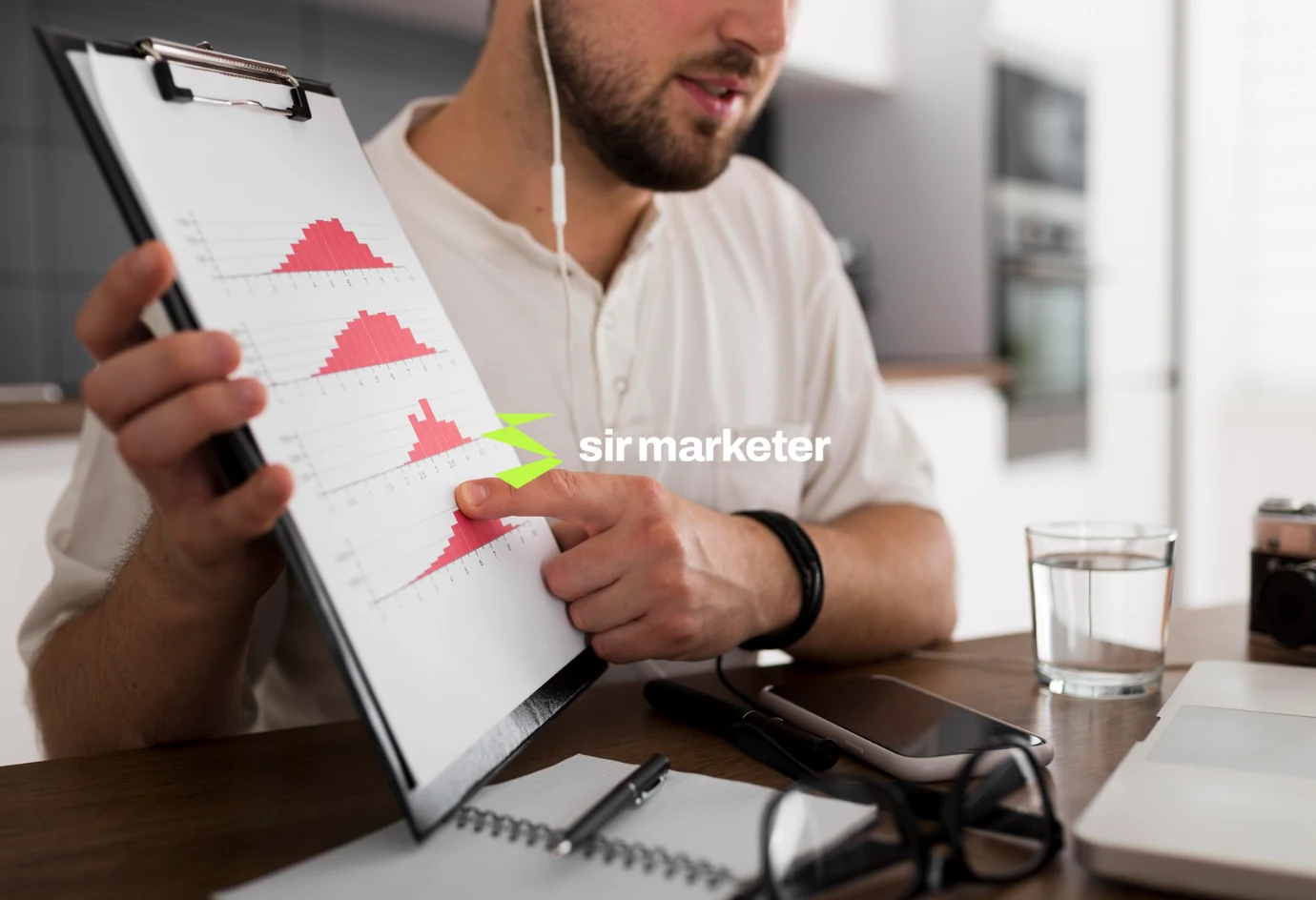

In the fast-evolving world of digital marketing, bounce rate remains one of the most critical metrics for measuring website performance. As of 2025, search engines and users alike are smarter—and more demanding. A high bounce rate is a red flag. It tells you your visitors aren’t finding what they need or, worse, aren’t interested enough to explore further.
So, what is bounce rate?
Bounce rate refers to the percentage of visitors who land on your page and leave without taking any further action—no clicks, no scrolls, no conversions.
Whether you’re running an e-commerce store, a SaaS platform, or a service-based business like Sir Marketer, reducing your bounce rate is essential to improving conversions and user experience.

"Reducing bounce rate is not about trapping users—it's about guiding them toward value they didn’t know they needed."
— Sir Marketer Team Insight

Here’s a quick overview:
Website Type | Average Bounce Rate |
|---|---|
| Blogs | 70%–90% |
| Service sites | 10%–30% |
| Retail/eCommerce | 20%–40% |
| Landing pages | 60%–90% |
Note: A high bounce rate isn’t always bad. Blogs often have high bounce rates due to informational intent. But for service-based and e-commerce sites, it’s a warning sign.

Before fixing bounce rate, understand the causes:


In 2025, even a 2-second delay can kill your engagement.
Actionable Tips:
Compress images
Use lazy loading
Opt for fast hosting
Use CDN (Content Delivery Network)
Minify CSS, JS, and HTML
Tools: GTmetrix, Google PageSpeed Insights
Make sure your H1 grabs attention, sets the tone, and aligns with user intent.
Good Example:
“Boost Your SEO in 30 Days—No Technical Skills Required!”
Over 60% of global web traffic comes from mobile devices. If your mobile UX is bad, bounce rates soar.
Checklist:
Responsive design
Finger-friendly buttons
Fast loading on mobile
No horizontal scrolling
People bounce when they don’t find what they came for.
Fix It:
Align blog posts with search intent (informational, navigational, transactional)
Update old content
Use keyword research tools like SEMrush or Ubersuggest
Guide users to explore more.
Example:
While learning about bounce rate, also check out our Conversion Rate Optimization strategies.
Don’t just say “Learn More.” Say “Get My Free Strategy Plan.”
CTA Rules:
Visible above the fold
Repeated throughout
Specific and benefit-focused
In 2025, interactivity = retention.
Examples:
Quizzes
Calculators
Click-to-expand sections
Polls or feedback sliders
Use them ONLY when a user is about to leave. Offer something irresistible: discounts, eBooks, free audits.
Users should find what they want in three clicks or less.
Tips:
Use breadcrumb navigation
Sticky menus
Logical menu structure
A cluttered page confuses users. Clean design improves readability and focus.
The top part of your site (before scroll) must explain:
Who you are
What you offer
Why the user should stay
Trust reduces bounce.
Display:
Client logos
Star ratings
Real reviews
Videos increase engagement—especially explainer videos or product walkthroughs.
Tip: Auto-play with sound OFF.
Outdated content leads to high bounce rates. Revisit blogs every 3–6 months.
Tools like Hotjar and Crazy Egg show:
Where users click
How far they scroll
What confuses them
Don’t use one generic landing page. Tailor pages for:
Different traffic sources (social, PPC, SEO)
Different demographics
Different user intents
High-quality images, GIFs, and infographics make your site more engaging.
Use tools like: Canva, Adobe Express, Lottie animations.
Clickbait or misleading meta descriptions result in high bounce.
Example:
Real: “Explore our 2025 SEO services with proven results.”
Clickbait: “#1 SEO Services—Guaranteed 100x Traffic”
Encourage users to take the next step:
Downloadable checklist
Free consultation
Interactive guide
Especially important if your audience is regional (like U.S.-based). Show you understand their location, pain points, and needs.

Google doesn’t use bounce rate directly as a ranking factor—but it does care about user engagement. High bounce rate = low dwell time = lower rankings.


Reducing bounce rate isn’t just about keeping users on your site—it’s about giving them what they came for and leading them to a clear next step.
Whether you’re an e-commerce site, agency, or small business, improving bounce rate means improving user experience, content value, and technical performance.
At Sir Marketer, we specialize in optimizing every corner of your digital experience—from stunning UI/UX design to SEO and CRO—helping you keep users engaged and converting.
Our team will answer all your questions. we ensure a quick response.